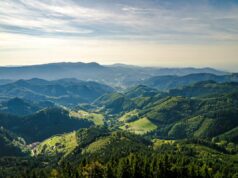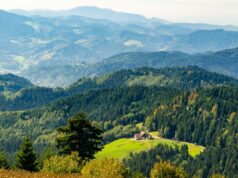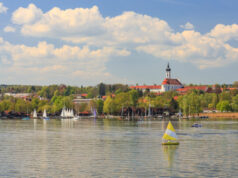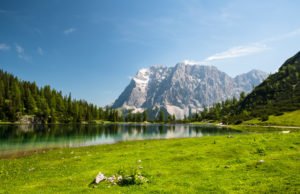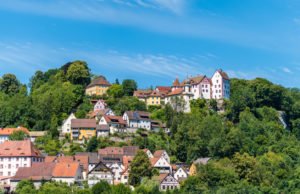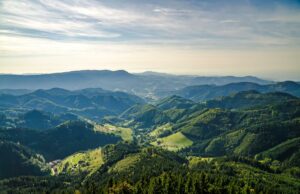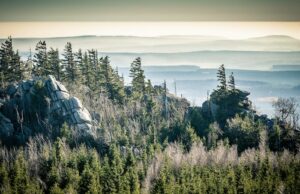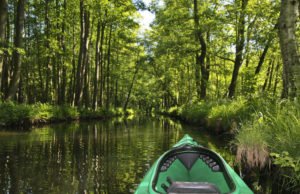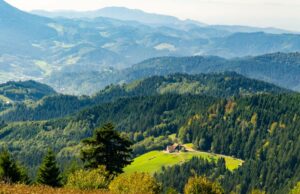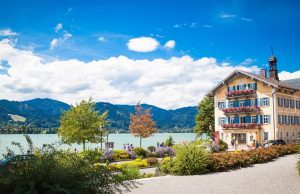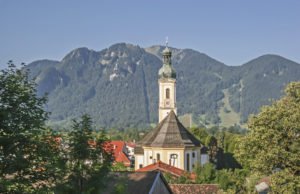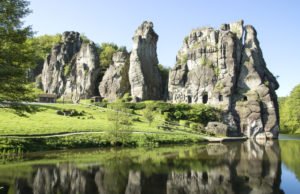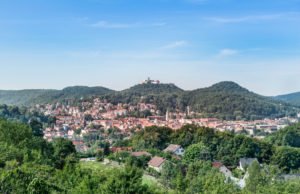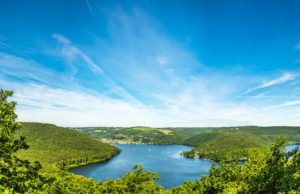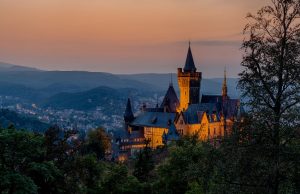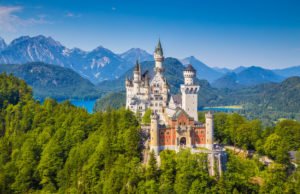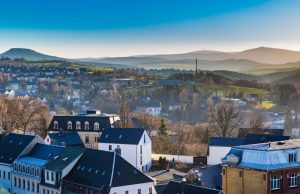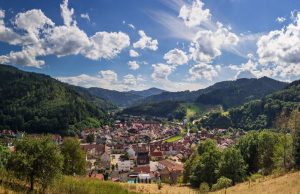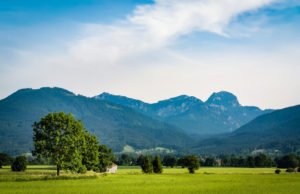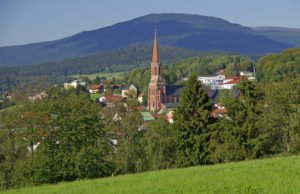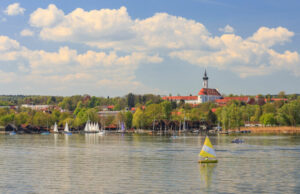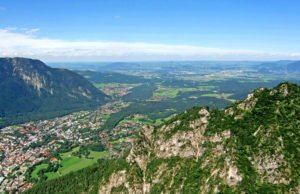Location
The Ammergau Alps are a stunning mountain range in southern Bavaria. They nestle in the heart of the Bavarian alps, between Mount Zugspitze and the splendid Neuschwanstein Castle. These lands are a healing place. What they offer, most of all, is tranquillity.
From the spas and guesthouses to their very highest peaks, the Ammergau Alps offer an experience like no other. The unbeatable natural beauty across the area ensures that whatever your choice of holiday here, you’ll return home mentally refreshed. History is important here, as is being one with the local flora and fauna, lending an easy opportunity for visitors to feel at one with their roots. Immerse yourself in all the area has to offer, and you will not be disappointed.
A large portion of the region is comprised of the Ammergau Alps Nature Reserve, the largest nature reserve in Bavaria. This is undoubtedly one of the reasons why the Ammergau Alps feel so in touch with nature. Visiting here is like stepping into another time, where the stresses of modern life fall away, just as snow falls from the peaks of its mountains.

When To Visit
There’s never a bad time to visit the Ammergau Alps. Whatever the weather, the scenery is beautiful. That said, the seasons can have vastly different experiences to offer.
Summer in the alps is a time for hiking. There are countless trails open throughout the summer. There are routes to suit every ability, from brief strolls around the valley to treks to the top of mountains. The weather is perfect for this, with average heights in the early 20s, although rain is common.

Winter in the Ammergau Alps often creates the kind of snow-capped scenery you might imagine on a particularly beautiful postcard. Temperatures are low, but this gives all the more opportunity for activities such as downhill skiing and bobsled. Every February there is also the König-Ludwig-Lauf, which is spectacular fun.
Getting Around
For a region that is so closely entwined with nature, you might expect transportation to be difficult to come by. This is not at all the case. The alps are served by a reliable network of trains and buses, and it is easy to travel from one destination to the other without worry.
Many hosts in the area have signed onto the KönigsCard scheme, where they will provide you with a card for your stay that allows free access to over 250 leisure attractions in the area. On top of this, the card comes with free bus transport for the duration of your stay, and it is possible to receive an e-ticket version of the card so that you can travel hassle-free from the moment you arrive.
Where To Stay
The various places one can stay for the night across the Ammergau Alps are known for their incredible hospitality. It’s a cultural trait that means you can guarantee a great stay wherever you book. There are options to suit every preference and budget.
There is a huge variety of hotels on offer, from the tiny quaint places at barely €40 a night to grand palatial splendours at a rather higher cost. If you want to splurge, the Landhotel & Restaurant Hotel Böld provides truly fantastic service and magnificent views, all in a gorgeous building, for around €170 a night.
There’s a huge range of more unusual options available as well. A plethora of friendly guesthouses dots the landscape, where even the best will only set you back around €65 a night. Youth hostels and holiday homes are two other popular options for the budget traveller.
For a truly unique experience, why not stay on a real Bavarian farm? You can start the day with a hearty farmer’s breakfast, sure to give you energy for hikes around the valley. Guests can even choose to join in with the day’s chores, such as milking the cows or baking the bread. Staying on a farm is a fantastic way to experience the local culture in a way few others will. The best website for further information is www.farm-holidays.com
For the adventurous traveller, there is a whole host of camping grounds across the landscape, so you can truly get lost in the wonders the region has to offer.
What To See
Neuschwanstein Castle
By far the region’s most famous site, this fairytale castle is the gem of the local area. It was built by King Ludwig II, who withdrew into fantasy and make-believe after he lost sovereignty of his own kingdom. This perfectly picturesque castle was the long-awaited result. The nearby Marienbrücke offers the best views.

Linderhof Palace
Like the Neuschwanstein Castle, this was one of Ludwig II’s projects after he lost sovereignty of his kingdom. This palace is unique in that it is the only one he lived to see completed. All the stately rooms are decorated in a second rococo era style that is not to be missed. Every year on the 24th of August fires are lit across the landscape of the nearby Oberammergau as the locals celebrate in honour of Bavaria’s most beloved king.

Ettal Benedictine Abbey
Only 12km from the Linderhof Palace sits the foreboding Ettal Abbey. This is one of the most popular tourist destinations in the world, both for its gorgeous look and for its spiritual air. The monks here have been making alcohol for centuries, and are the proud creators of some of Bavaria’s finest beers. Visitors can also tour the show cheese dairy for a glimpse of local gastronomic craftsmanship.

Oberammergau
The town of Oberammergau is probably best known for its dedication to its passion plays. In 1634 they staged their first as a plea for God to spare them from further damage from the plague. The plays still carry on today, once every ten years. Nowadays, you can see top-quality opera performances in the Passion Playhouse during the Summer. The building has a daily guided tour in English. Oberammergau is also known for its incredible wood carvings.

Highline179
Highline179 is the world’s longest suspension bridge for pedestrians. It is located near Reutte, on the Bavarian/Austrian border. From its lofty vantage point, visitors get a far-reaching view of the Ammergau Alp’s incomparable beauty.

What To Do
Unwind
Germans have a long tradition of spas, and the Ammergau Alps are no different. Try a soak in the region’s black down at Bad Bayersoien. You’ll come out a new person.
Hike
There are hiking opportunities to suit all preferences and skill levels. Multiple long distance paths are available, and some mountains have climbing huts along the route. Most peaks are easily low enough to do in one day, so the feeling of achievement that comes from reaching the top isn’t only accessible to the seasoned climber.
Find Yourself
The Ammergau Alps meditation path is an 87km long wander through the Ammer Valley. It is designed to unlock wisdom and enable travellers to find themselves. Guided tours are available.
Sample The Local Delicacies
In a region as in touch with nature as this, the best thing to do is eat local food wherever you find yourself. There’s a swathe of restaurants offering hearty, local food at great prices. Try local speciality Allgäuer Bergkäse (mountain cheese), and sip Bavarian beer. Enjoy!


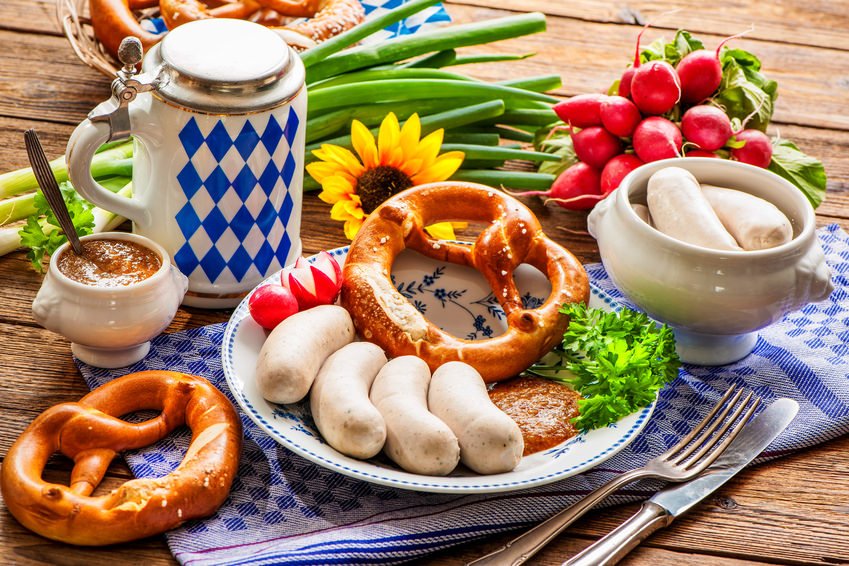
Push Yourself
There’s a wide range of thrilling activities on offer, from mountain bike rental to skiing, to the summer toboggan run at Unterammergau. Get your adrenaline pumping in one of the most exquisitely beautiful places on Earth.
Walk The Culture Mile
One of the most interesting experiences the Ammergau Alps have to offer is its cultural mile. This trek is a visual and auditory journey into the very heart of the region’s culture. Stops on the cultural mile include:
- Hörnle, a mountain reachable by foot or cable car, with incredible views from its peak.
- Rottenbuch Abbey, which used to be an Augustinian Canon Abbey.
- The Abbey of Ettal, with its baroque basilica.
- Church Kappel, one of the oldest churches in the deeply religious Ammer Valley.
- Dorfstraße Bayersoien
- The Passion Play Theatre in Oberammergau.
- Dedler- und Kölblhaus
- The Parish Church of St Peter and St Paul
- The Pilgrimage Church of Wies, a UNESCO World Heritage Site and interestingly secluded stunning building.
- The Forestry House, and ex-judge house looking back on a vibrant history.
- The Living Workstudio in Oberammergau, where traditional craftspeople such as potters, drum makers, stain glass makers, and of course wood carvers hone their crafts. Artists here are happy to be watched and answer questions, and everything from the craftsman’s shop is available to buy.
- The House of Pontius Pilate, which is named after the fresco adorning the front of the house depicting the denunciation of Jesus Christ by Pontius Pilate. The fresco was painted by famous local artist, Franz Zwinck.
- the Kurgeschichte Bad Kohlgrub
- the crucifixion group monument, which was donated by Ludwig II himself after the town of Oberammergau performed one of their passion plays in his honour.
- the Oberammergau Museum, which offers a fresh and unique view of the region and its far-reaching effects on the wider world.
- Laber cable car, a nostalgic gem offering a comfortable ride to the top of Mount Laber.
- the sun dials at Bad Bayersoien, three examples of the magnificent work of Bayersoier stonemason Karl Kunert, located in a small spa park on Kirmesauer Straße.





